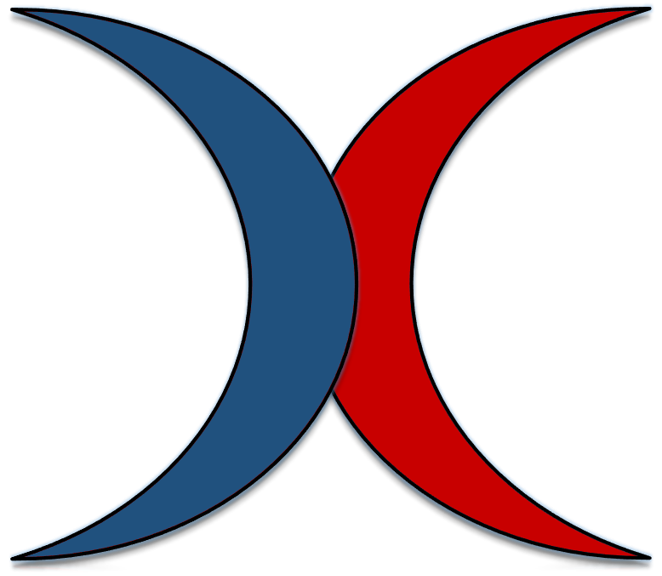
The Inherent Logic of Motor Learning
By Ken Cherryhomes
By Ken Cherryhomes
Motor learning is a biological marvel. Though coaching methods vary, one constant remains—the brain’s innate ability to create logical motor plans. By examining observations from toddlers learning basic skills to athletes mastering their craft, we gain insight into the fundamental principles that drive motor learning.
Two key elements shape the motor plans laid out by the brain: intention, which sets the overall goal, and attention, which focuses on specific components of that goal such as the target and the body part to be used. Together, these elements form a logical, efficient plan for any given task.
Toddlers learning to walk or grasp objects offer a natural experiment in motor learning. Devoid of formal instruction, they self-organize their actions to achieve their goals. The progression from unsteady steps to confident walking, or from a full-hand grasp to fine motor control of finger movements and gestures, these serve as vivid illustrations of the brain’s innate ability to form logical motor plans.
The Importance of Observation Before Intervention
For coaches and trainers, the initial phase of teaching a new skill is best served by observation rather than instruction. This holds true whether you’re working with a novice athlete or a child learning to hit baseballs. Observing the natural movements of a new batter can reveal their thought processes, intentions, and goals. For instance, the way they grip the bat or set their stance can offer valuable insights into their understanding of power and control.
But the utility of observation goes beyond just uncovering the player’s intentions. This approach can also expose less obvious but critical details, such as compensations for injuries or unique anatomical features. A batter who excessively tilts their head might be compensating for a subtle eye socket misalignment which can result in blurred vision when the head is upright, but cleared when the eyes are realigned through a tilt of the head; these are essential elements often unspoken but crucial for effective coaching.
Additionally, through observation, coaches can identify the inherent physical strengths and weaknesses in a player. An arm-dominated swing could suggest weak leg strength, while an unstable posture while swinging could indicate a lack of core strength.
Observation also informs coaches whether a player is naturally inclined toward gross or fine motor control, insights that directly impact how they will respond to different kinds of training. All these elements collectively serve as a diagnostic framework, informing and refining subsequent coaching techniques. This ensures that any instructional changes harmonize with the player’s natural, logical motor plans.
The Pitfalls of Premature Instruction
Intervening with coaching tips before observing can impose an external logic that might not align with the individual’s natural motor plan. This is particularly true for novices, whose motor plans may look rigid or awkward but are logical steps in their own learning curve. These plans should be allowed to evolve organically before being refined through coaching.
Motor learning is a blend of the brain’s intrinsic ability to self-organize and the potential refinements introduced by external coaching. Observing natural behaviors, as seen in toddlers, provides invaluable lessons in the inherent logic that governs motor learning. Coaches would do well to observe first and instruct second, respecting the natural, logical motor plans that serve as the foundation for any skill.
Please send questions and comments to:
